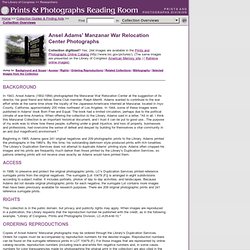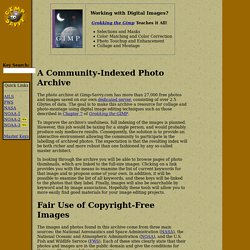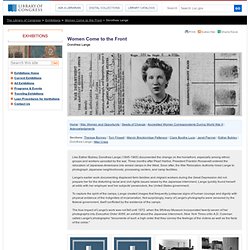

Your source for free photos. Images. Edward S. Curtis Collection (Prints and Photographs Reading Room. Detroit Publishing Company Collection (Prints and Photographs Re. Public domain image resources. Public domain image resources is a copy of the master Wikipedia page at Meta, which lists a number of sources of public domain images on the Web.

Public Domain images should be marked with the Public Domain Mark 1.0. Public Domain Mark enables works that are no longer restricted by copyright to be marked as such in a standard and simple way, making them easily discoverable and available to others. The Public Domain Mark is recommended for works that are free of known copyright around the world. These will typically be very old works.[1] For a creator to release his/her works into the public domain legally they must use the creative commons CC0 license which gives creators a way to waive all their copyright and related rights in their works to the fullest extent allowed by law.[2] The presence of a resource on this list does not guarantee that all or any of the images in it are in the public domain.
Please read the policy on image use and etiquette at: Wikipedia:Image use policy. Collection and Subject Area Overviews (Prints and Photographs Re. Franklin D. Roosevelt Presidential Library and Museum. Ansel Adams' Manzanar War Relocation Center Photographs (Pr. Collection digitized?

Yes. 244 images are available in the Prints and Photographs Online Catalog ( (The same images are presented on the Library of Congress American Memory site.) [ Retreive online images]. Jump to: Background and Scope | Access | Rights | Ordering Reproductions | Related Collections | Bibliography | Selected Images from the Collection In 1943, Ansel Adams (1902-1984) photographed the Manzanar War Relocation Center at the suggestion of its director, his good friend and fellow Sierra Club member, Ralph Merritt. Adams wanted to contribute to the war effort while at the same time show the loyalty of the Japanese-Americans interned at Manzanar, located in Inyo County, California, approximately 200 miles northeast of Los Angeles. In 1944, some of these images were published in Adams' book Born Free and Equal. Beginning in 1965, Adams gave 241 original negatives and 209 photographic prints to the Library.
Copyright-Free Photo Archive Public Domain Photos and Images. The photo archive at Gimp-Savvy.com has more than 27,000 free photos and images saved on our own dedicated server, consisting of over 2.5 Gbytes of data.

The goal is to make this archive a resource for collage and photo-montage using digital image editing techniques such as those described in Chapter 7 of Grokking the GIMP. To improve the archive's usefulness, full indexing of the images is planned. However, this job would be taxing for a single person, and would probably produce only mediocre results. Consequently, the solution is to provide an interactive environment allowing the community to participate in the labelling of archived photos.
The expectation is that the resulting index will be both richer and more robust than one fashioned by any so-called master architect. In looking through the archive you will be able to browse pages of photo thumbnails, which are linked to the full-size images. The photos you'll find here are copyright free, but some restrictions still apply. American Memory from the Library of Congress - Home Page. Dorothea Lange - Women Come to the Front (Library of Congress Ex.
Like Esther Bubley, Dorothea Lange (1895-1965) documented the change on the homefront, especially among ethnic groups and workers uprooted by the war.

Three months after Pearl Harbor, President Franklin Roosevelt ordered the relocation of Japanese-Americans into armed camps in the West. Soon after, the War Relocation Authority hired Lange to photograph Japanese neighborhoods, processing centers, and camp facilities. Lange's earlier work documenting displaced farm families and migrant workers during the Great Depression did not prepare her for the disturbing racial and civil rights issues raised by the Japanese internment. Lange quickly found herself at odds with her employer and her subjects' persecutors, the United States government. To capture the spirit of the camps, Lange created images that frequently juxtapose signs of human courage and dignity with physical evidence of the indignities of incarceration. The Roots of a Career [Dorothea Lange and Paul Taylor on field trip], 1935.